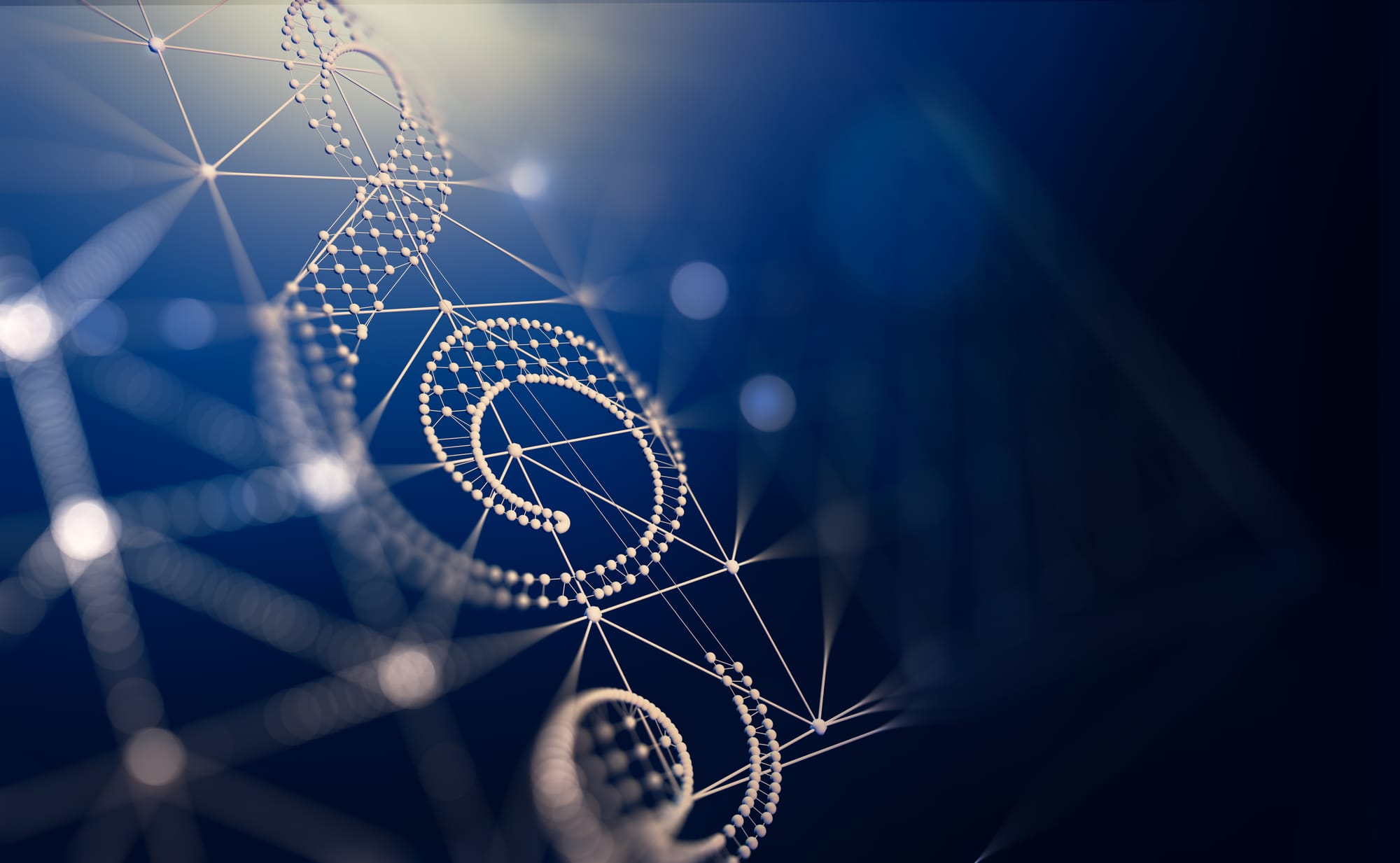WHAT IF THERE WERE NO MUSICAL COMBINATIONS? #7

The Future of Musical Creativity: Between Artificial Intelligence and Interdisciplinary Collaborations
The evolution of technology, especially the advent of artificial intelligence, is opening up new possibilities for musical creativity, extending the repertoire of combinations and overcoming the limits imposed by traditional rules of composition. Furthermore, the integration of music with other artistic and scientific forms is leading to increasingly interdisciplinary experimentation.
Artificial Intelligence and Music Creation
Artificial intelligence systems are becoming increasingly sophisticated in their ability to analyze and reproduce musical patterns. Some AI software, such as OpenAI Jukebox and Google Magenta, can create original songs after “learning” from huge datasets of existing music. AI can generate melodies, harmonies, and even lyrics, opening up new possibilities for musical exploration and combinations that humans would not be able to easily achieve. AI can also help musicians explore new combinations that are outside of their usual knowledge and preferences. It can propose unusual harmonies or rhythms that defy traditional logic, resulting in songs that are unexpected and innovative. Some artists are already using AI tools to create experimental sounds or to improvise in real time during concerts, expanding the possibilities for improvisation and sonic variation.
Interdisciplinary collaborations and contaminations
Collaborations between musicians, scientists, engineers and artists from different disciplines are leading to the creation of new musical languages and new sounds. This phenomenon can be observed, for example, in sound art, which combines music, sculpture and visual installations, or in bio-art, where musicians collaborate with biologists to create music based on genetic sequences or sounds from nature. Some of the most interesting experiments include the use of biological algorithms to generate music: the growth of a plant or the brain waves of a human being can be translated into sounds and inserted into musical compositions, transforming biological processes into melodies. These interdisciplinary experiments demonstrate that music is capable of going beyond the boundaries of the traditional, offering completely new sound combinations.
The Role of AI in Assisting with Composition and Music Production
In addition to creating new combinations, AI is increasingly being used as a support tool for music production. Tools such as automatic mixing and mastering plugins, harmonic pattern recognition software, and recommendation algorithms help composers speed up the creative process. AI can propose variations, suggest alternative arrangements, and provide analysis based on compositional techniques, facilitating musical innovation. For example, the software can suggest chord alternatives in real time, analyze a melody, and propose variations or sound effects. This is especially useful for composers who are looking for inspiration or who want to explore unusual combinations. These tools allow you to expand your creative horizons and explore new sounds without having to go through a traditional composition process.